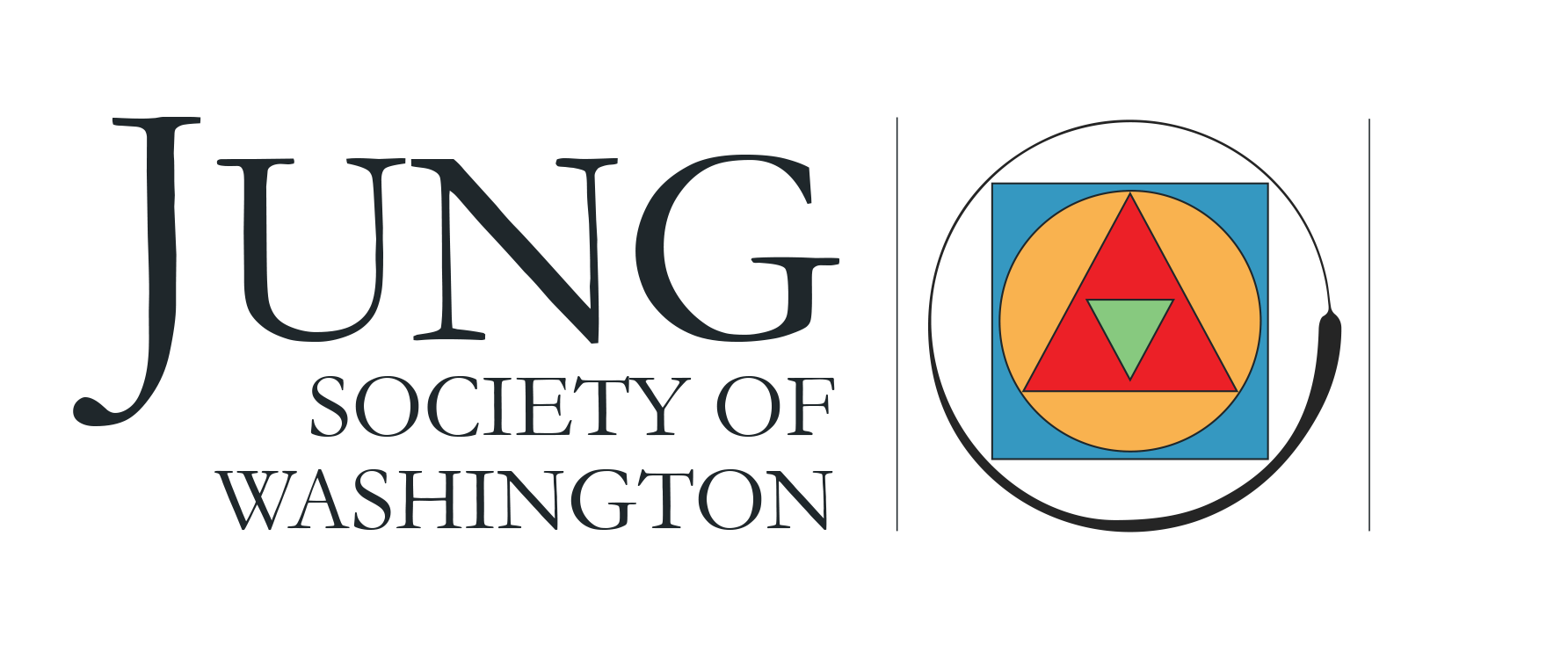The way is within us, but not in Gods nor in teachings, nor in laws. Within us is the way, the truth, and the life…. May each one seek his own way. The way leads to mutual love in community. Men will come to see and feel the similarity and commonality of their ways.” (The Red Book, p. 231)
The path to discovering the oneness of creation starts with discovering our individual oneness. C.G. Jung took this path in 1913 when, having lost his way at midlife, he returned to his journals and let himself drop into the underworld to confront the unconscious. He writes in Memories, Dreams, Reflections, “Suddenly it was as though the ground literally gave way beneath my feet, and I plunged down into dark depths.” (p. 203) So begins the story of The Red Book, the story of Jung’s journey toward finding himself, of how he reached out for the hand of his lost soul. Jung encourages us to do the same, to ask our soul to stay by our side as we make our own journey. And to write it all down in our journals, in our own red books.
We have another example of finding the way within, in the journals of Etty Hillesum, Dutch Jewish author of An Interrupted Life and Letters from Westerbork, written from March 1941 to September 1943, when she was deported to Auschwitz. She died two months later at the age of 29. Fearful of what loomed ahead, Hillesum started a journal, describing herself as “a miserable, frightened creature.” Slowly through intense inner work, with pen in hand, she uncovers a deep well inside herself. “And in it dwells God. Sometimes I am there too.” (p. 44) She draws prayer around herself in order to rest calm and collected, and to keep her body at peace with her soul. “The sky within me is as wide as the one stretching above my head.” (p. 145)
It is in bringing together opposites—body and soul, the conscious and unconscious—that we uncover a wholeness, an essential oneness. During his journey of individuation, transcribed in The Red Book, Jung continues to call out to his soul. At one moment he asks her to dive down into the depths of darkness and to bring him all that she finds. She finds old armor, painted stones, images of Gods, stories from the ages. It is too much, he exclaims. His soul scolds him, “You wanted to accept everything. You do not know your limits…. Take shears and prune your trees.” (p. 306) Jung takes an imaginary knife and cuts away everything that has grown without measure. He cuts down to the marrow to find himself.
His journey continues until in 1928 when he dreams of being in Liverpool, where in the middle of the dark, rainy city, there is a dimly lit square. In the middle of the square there is a pond with an island. In the middle of the island, there is a single magnolia tree in a shower of reddish blossoms. “It was as though the tree stood in the sunlight and was at the same time the source of light.” (Memories, Dreams, Reflections, p. 223) Jung sees the blossoming tree as a symbol of the Self, the goal of psychic development. He painted the dream in a magnificent mandala, naming it Window to Eternity.

Window to Eternity, C.G. Jung, Image 159, The Red Book
This oneness is both within us and around us. After this dream, Jung stopped writing in The Red Book, and turned to the study of alchemy and Eastern religions. The groundwork for his scientific opus was done. Jung taught, lectured, wrote, experiencing an ever expanding wholeness. It was during a stay in his tower at Bollingen, on Lake Zurich, that he wrote, “At times I feel as if I am spread out over the landscape and inside things, and am myself living in every tree, in the plashing of the waves, in the clouds and the animals that come and go, in the procession of the seasons. (ibid, p. 252)
We find ourselves at one with all the creation. We experience a feeling of belonging, a feeling of being at home in the world around us. Jung summons us to find this oneness. “May each one seek his own way. The way leads to mutual love in community. Men will come to see and feel the similarity and commonality of their ways.” (The Red Book, p. 231) From inward, we stretch outward. Our path takes us to those around us. We discover our shared ways and our shared earth. We are part of this greater wholeness, one small whole within greater wholes – within family, community, country.
When we embrace ourselves, we embrace all creation.
